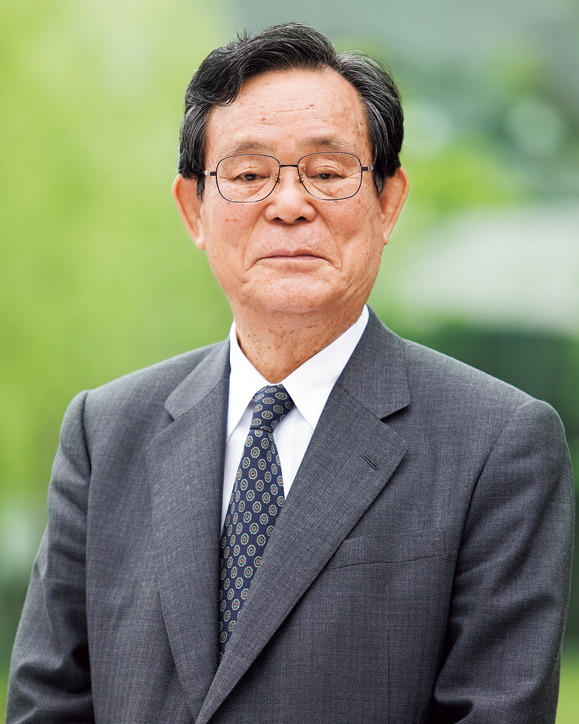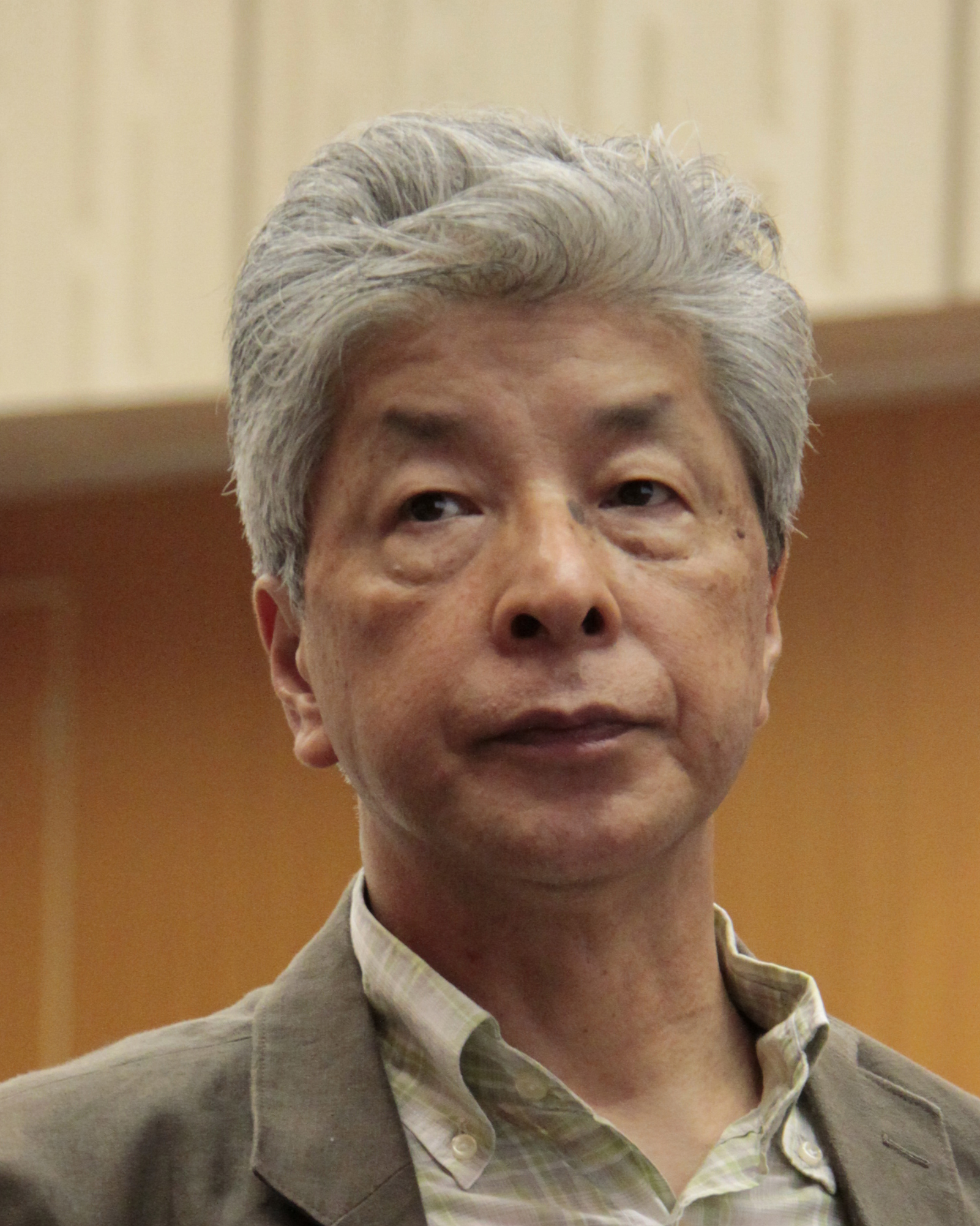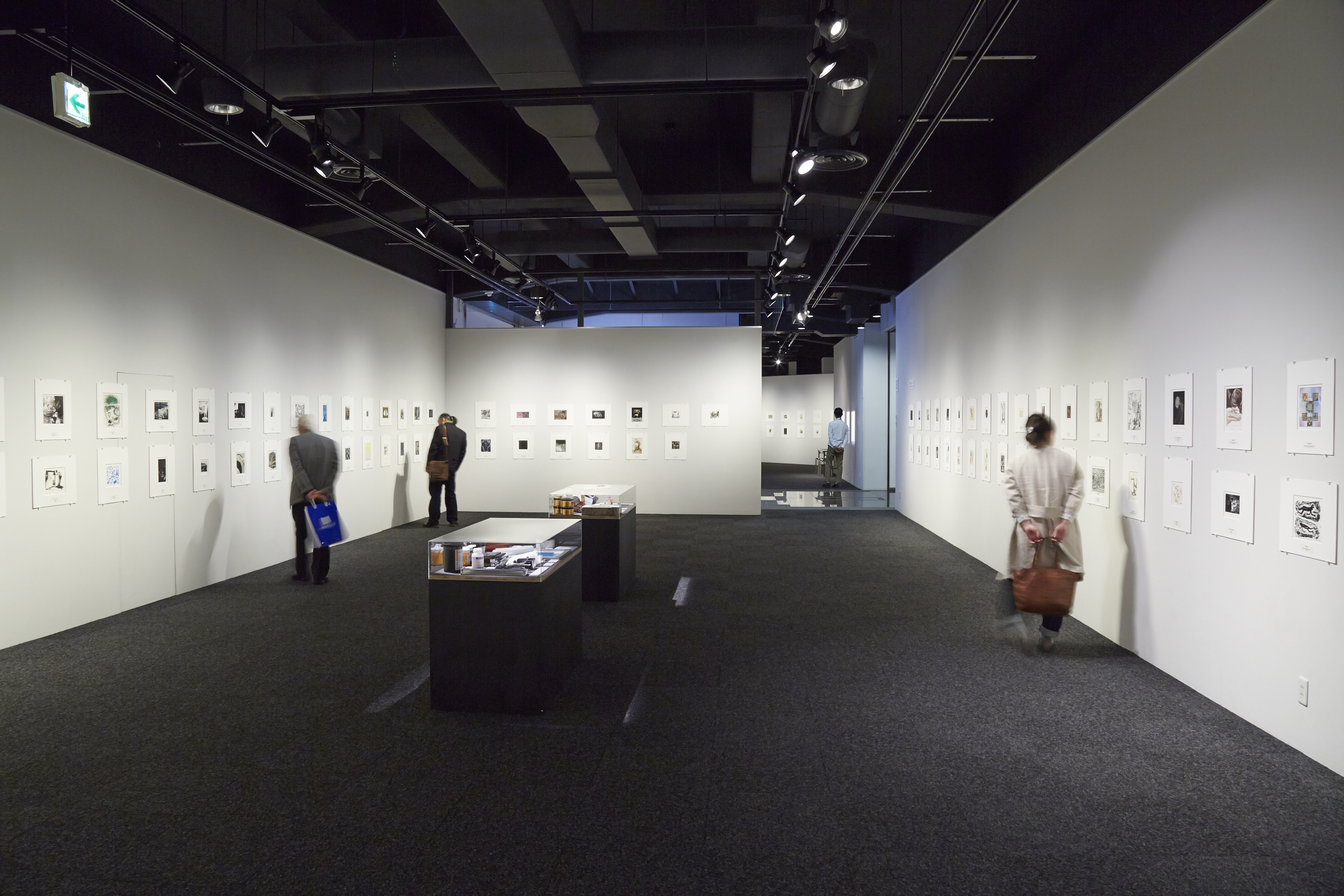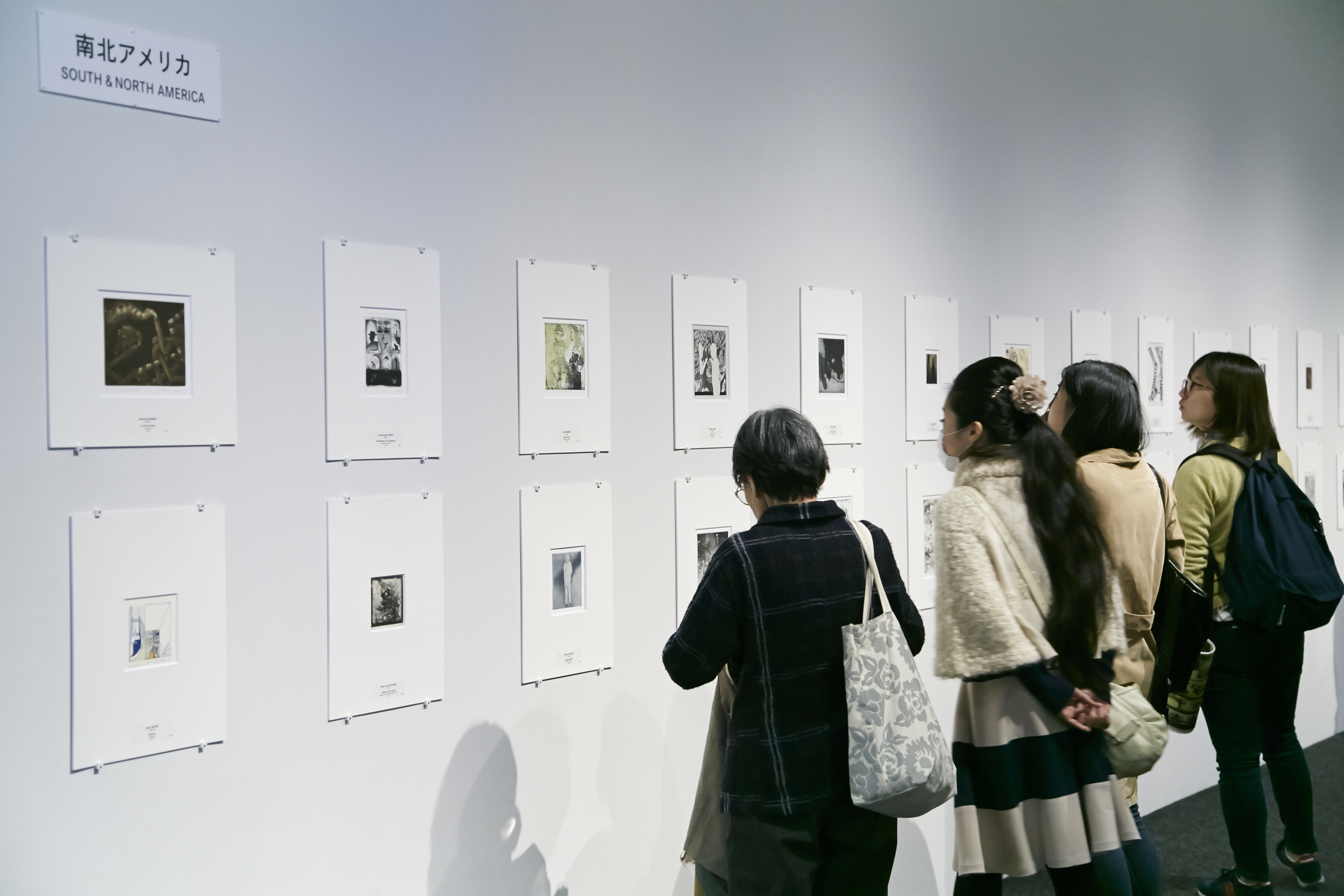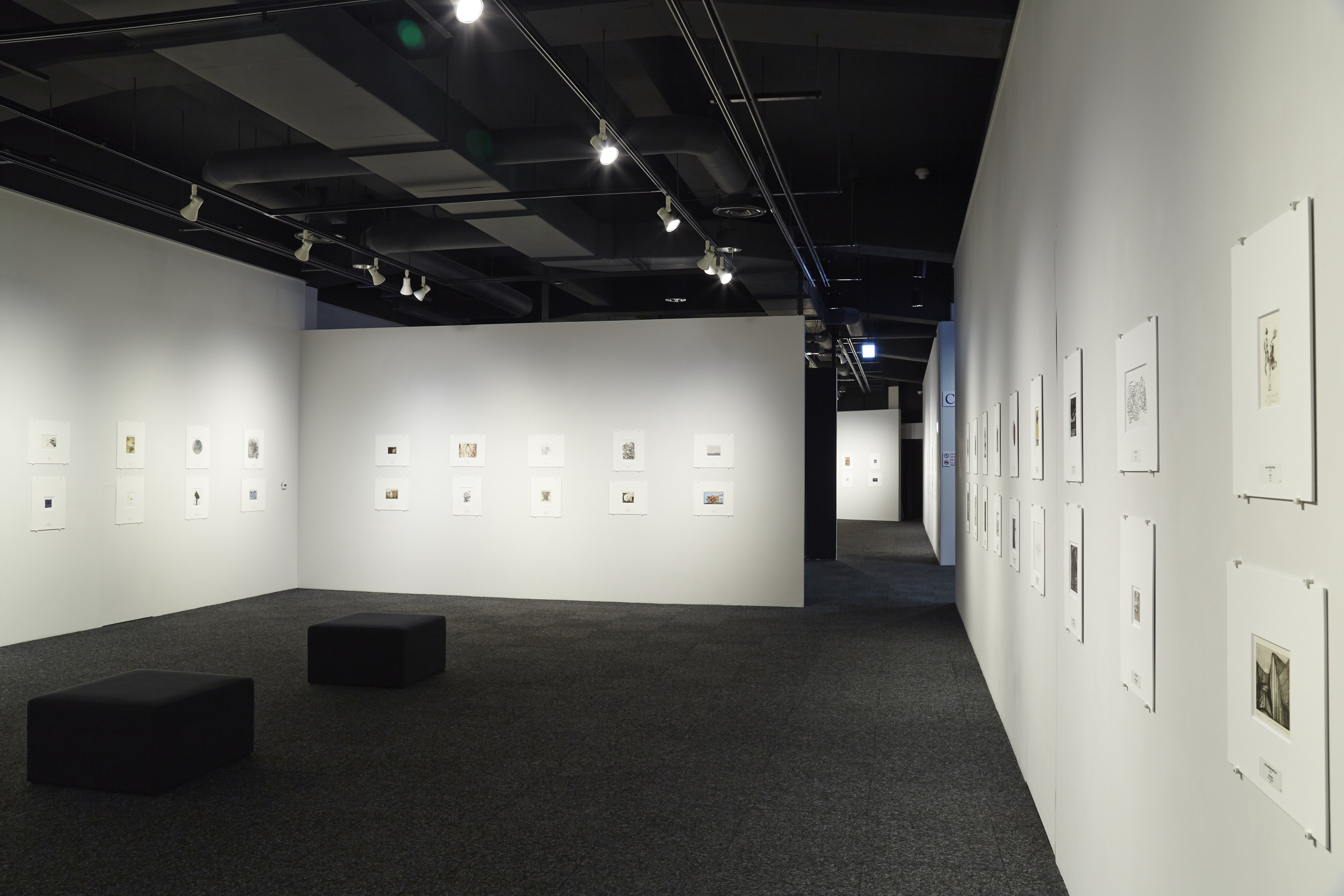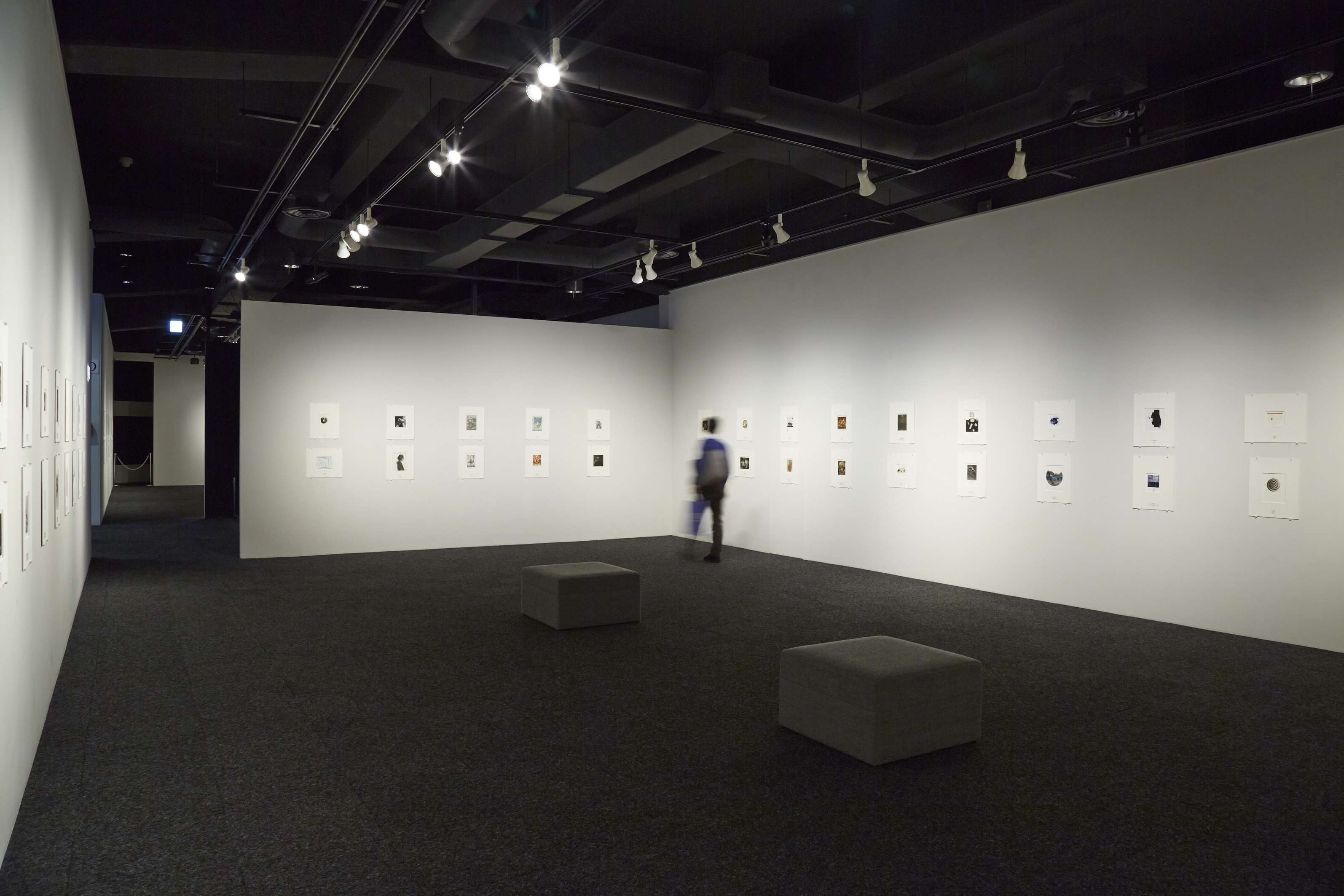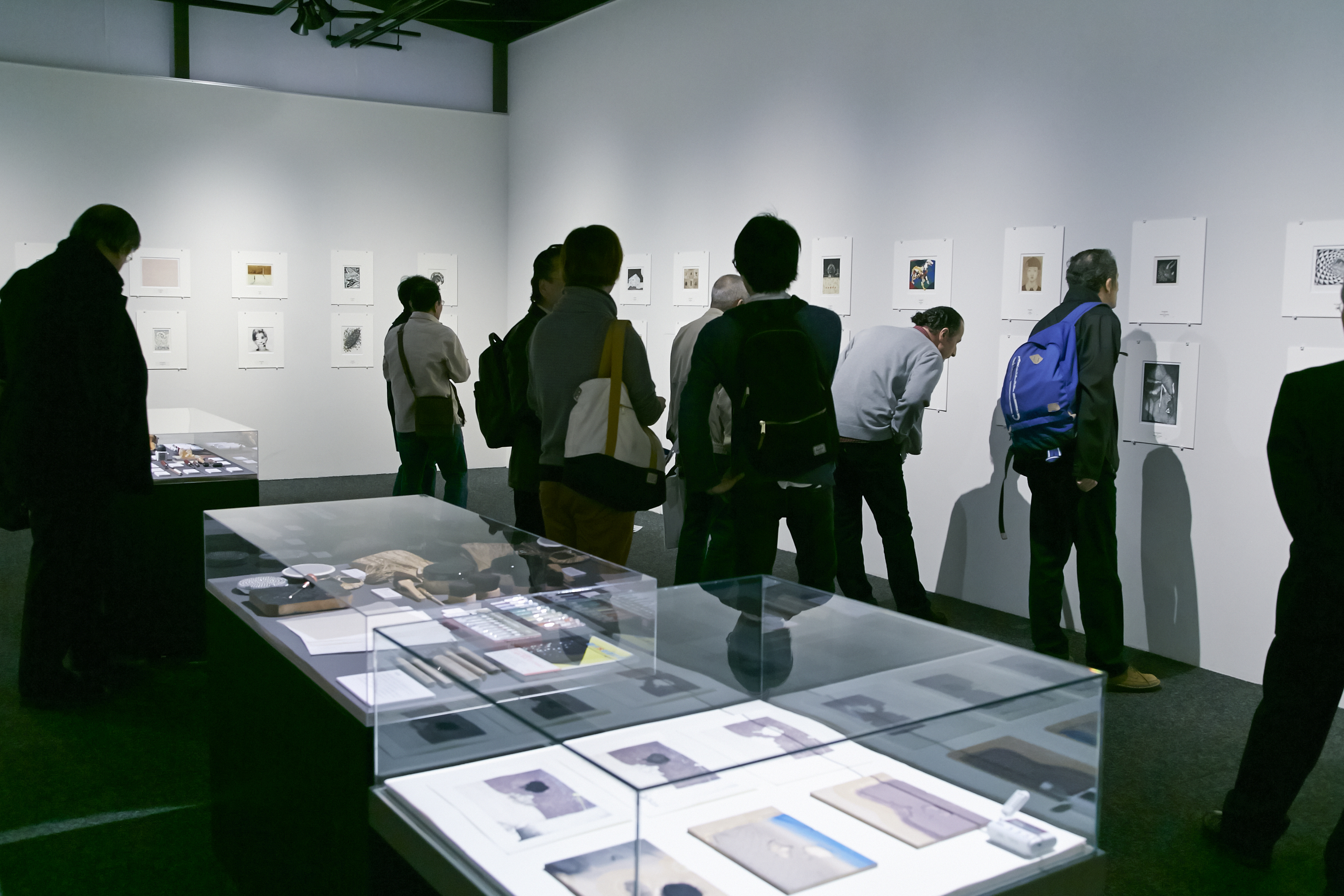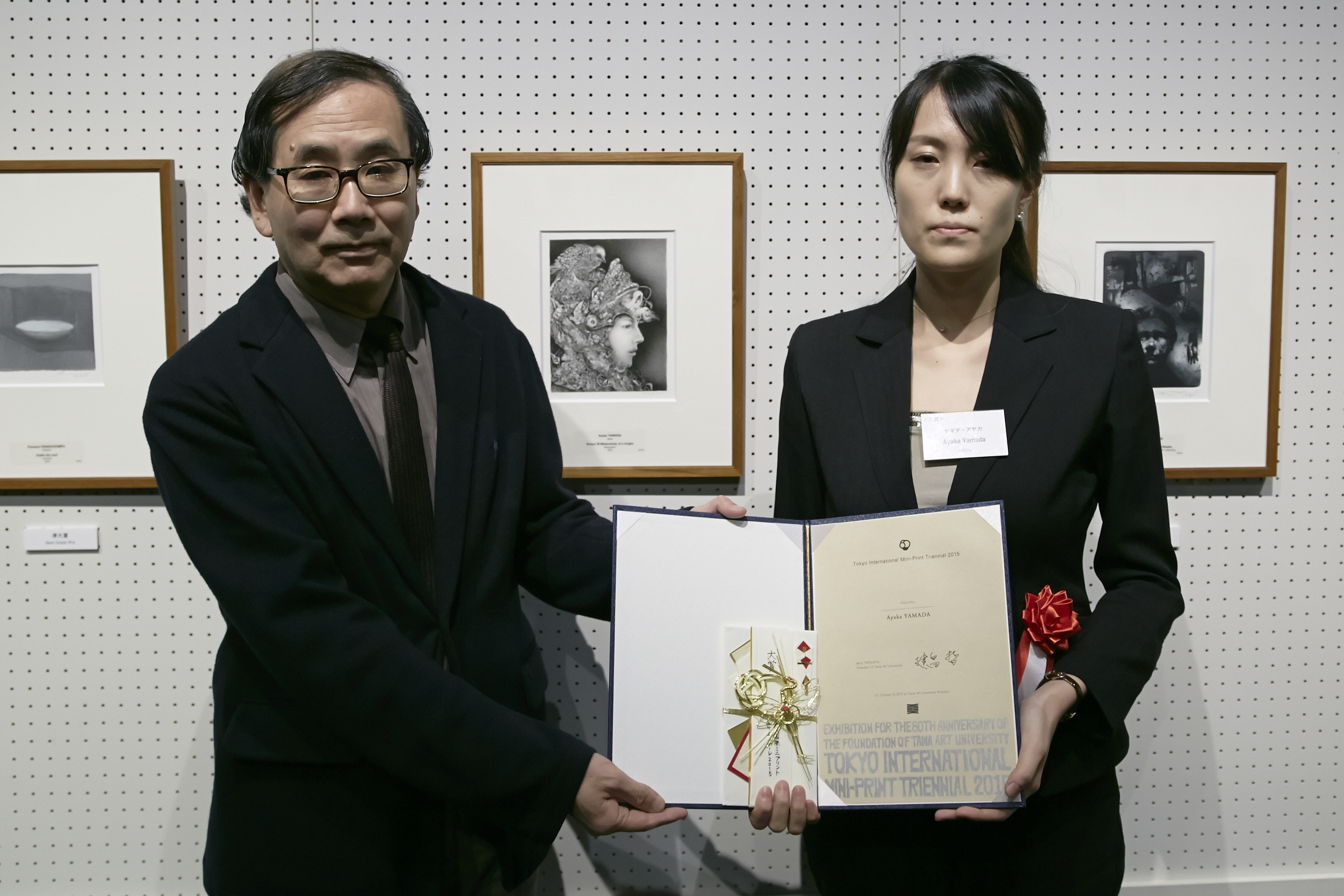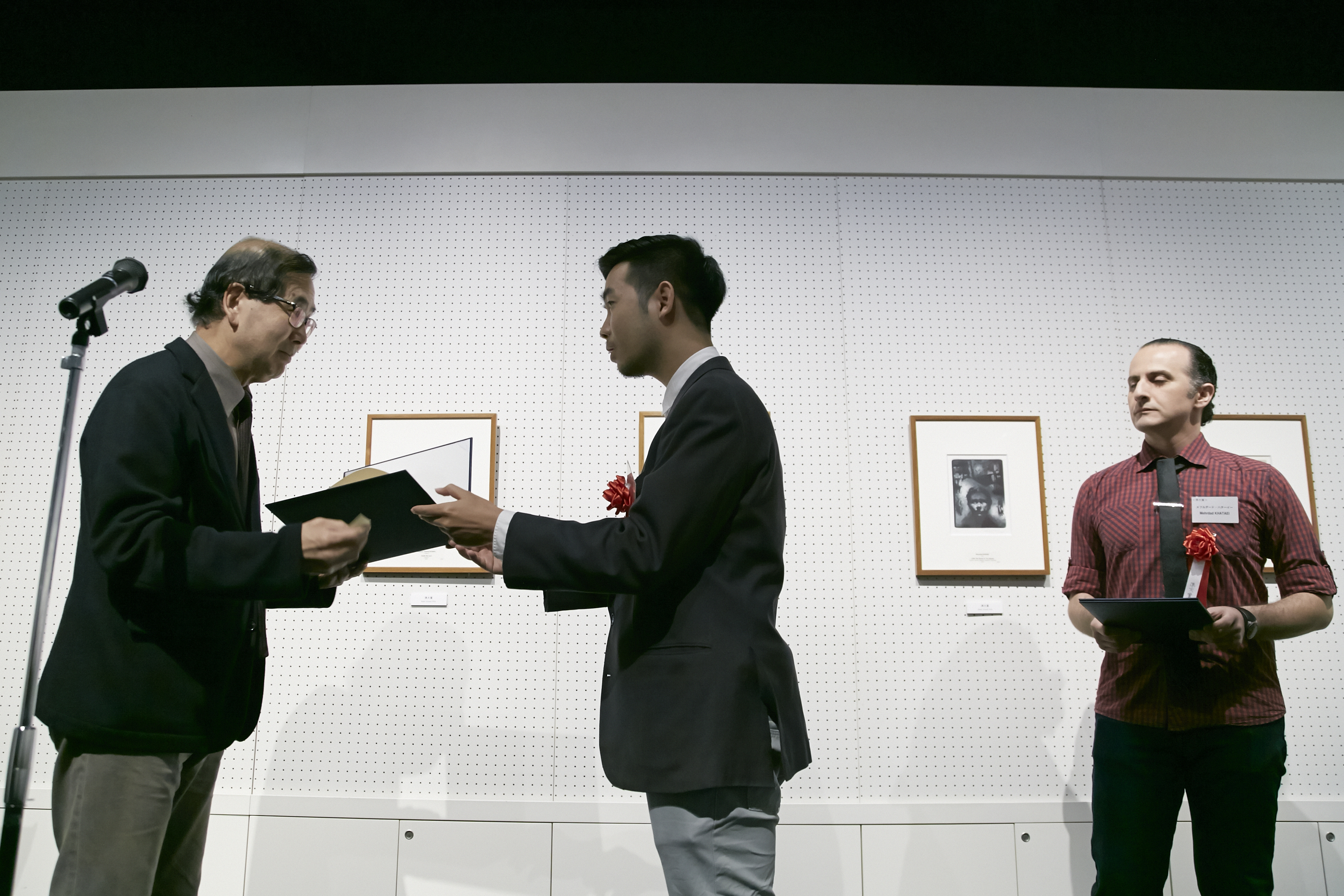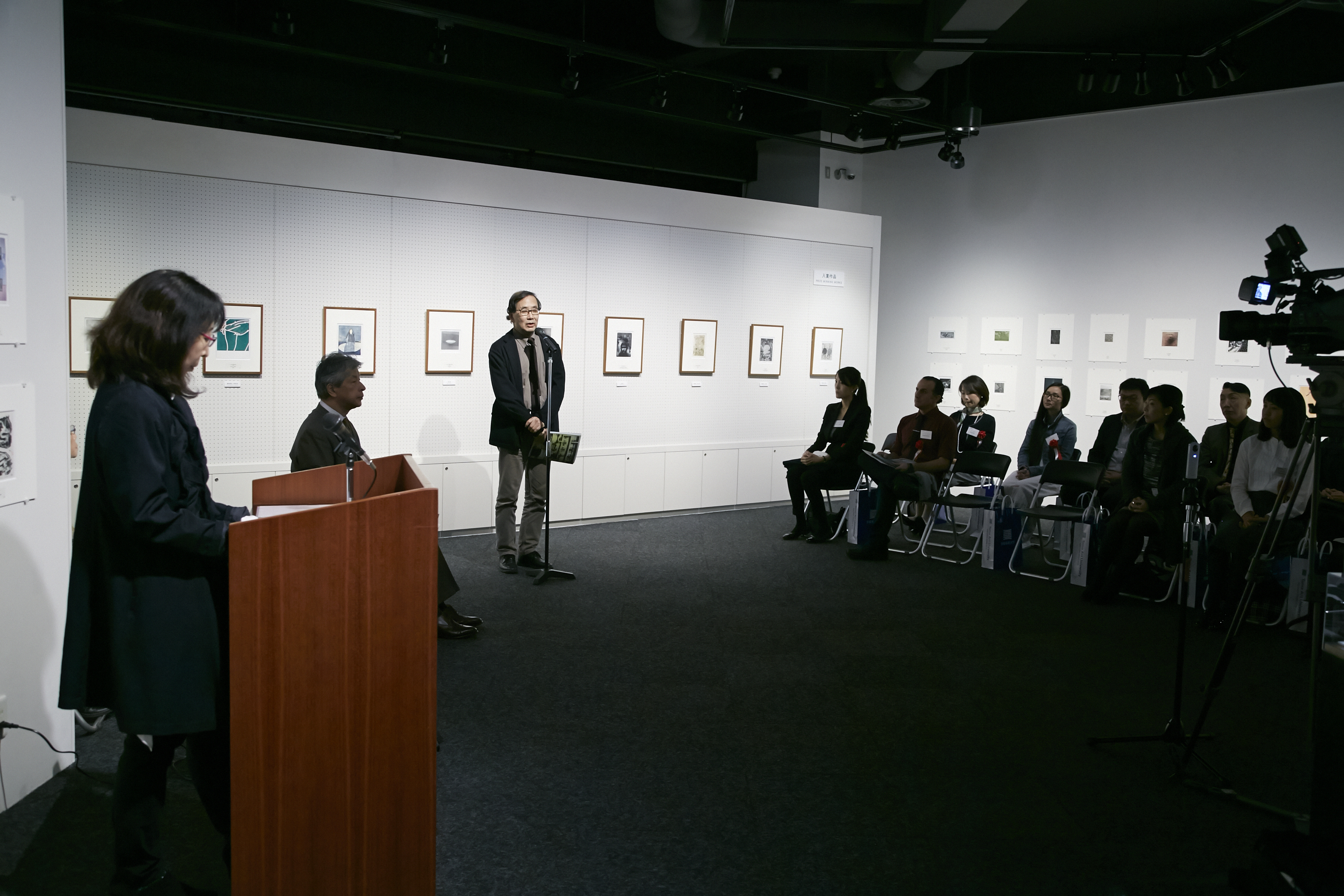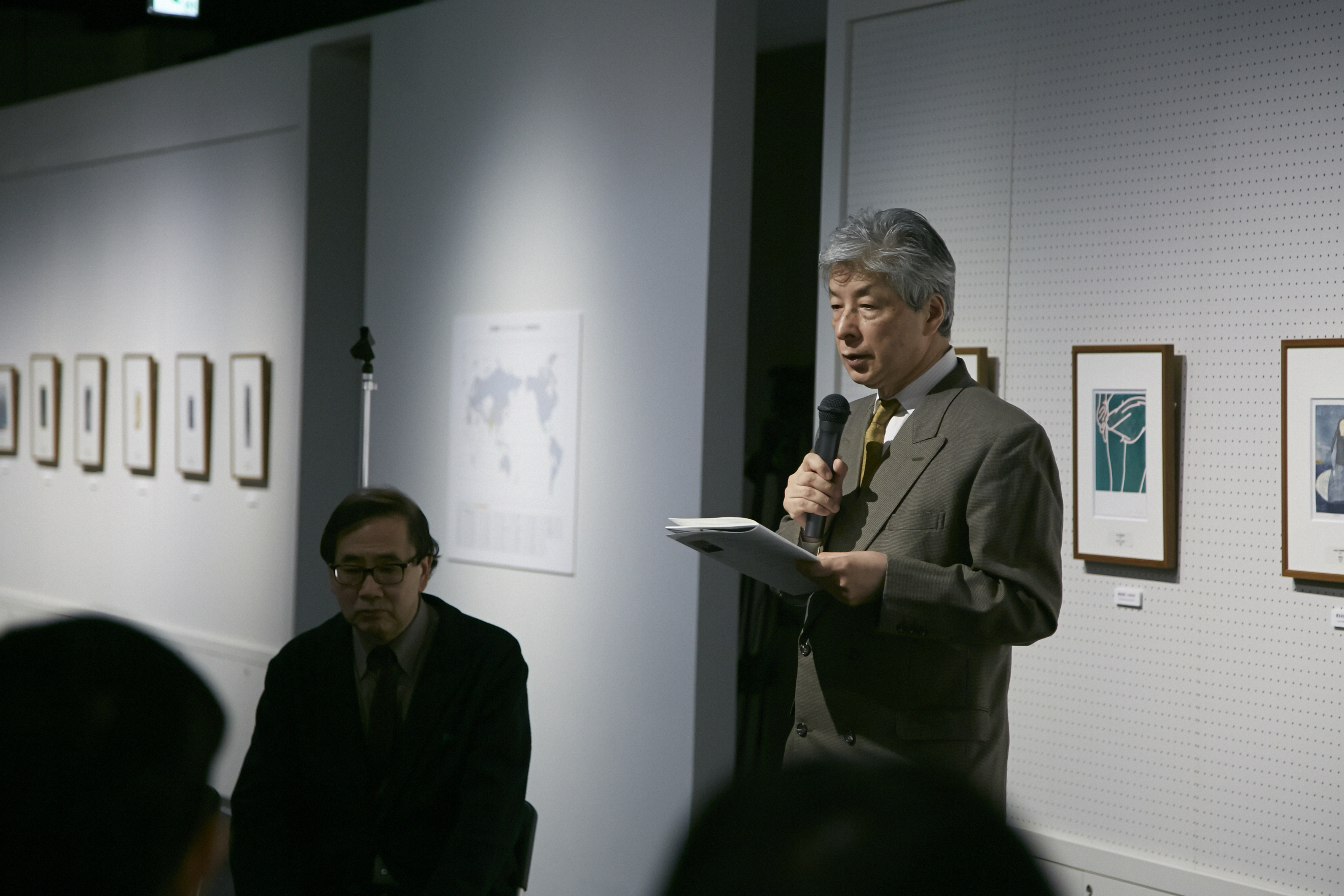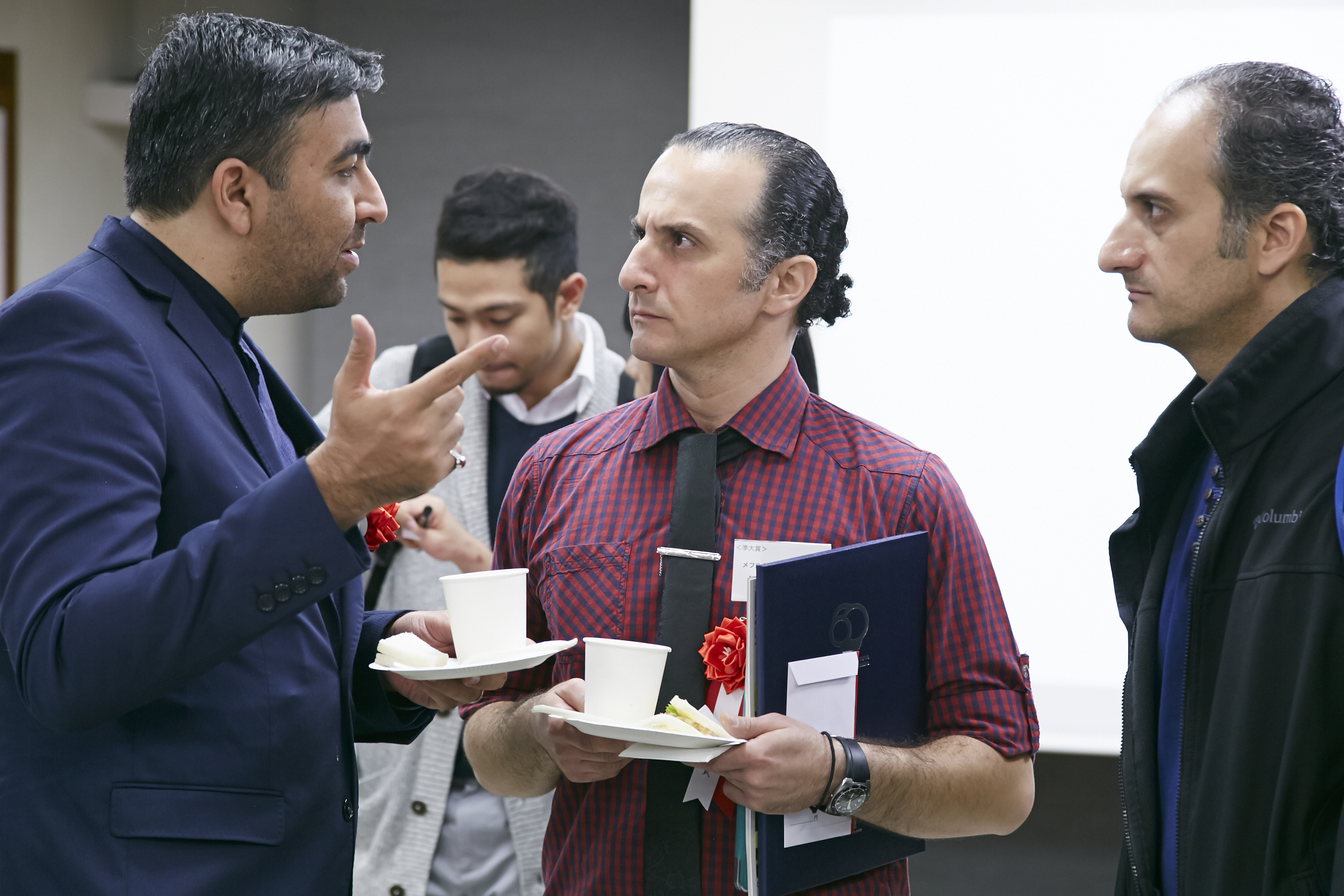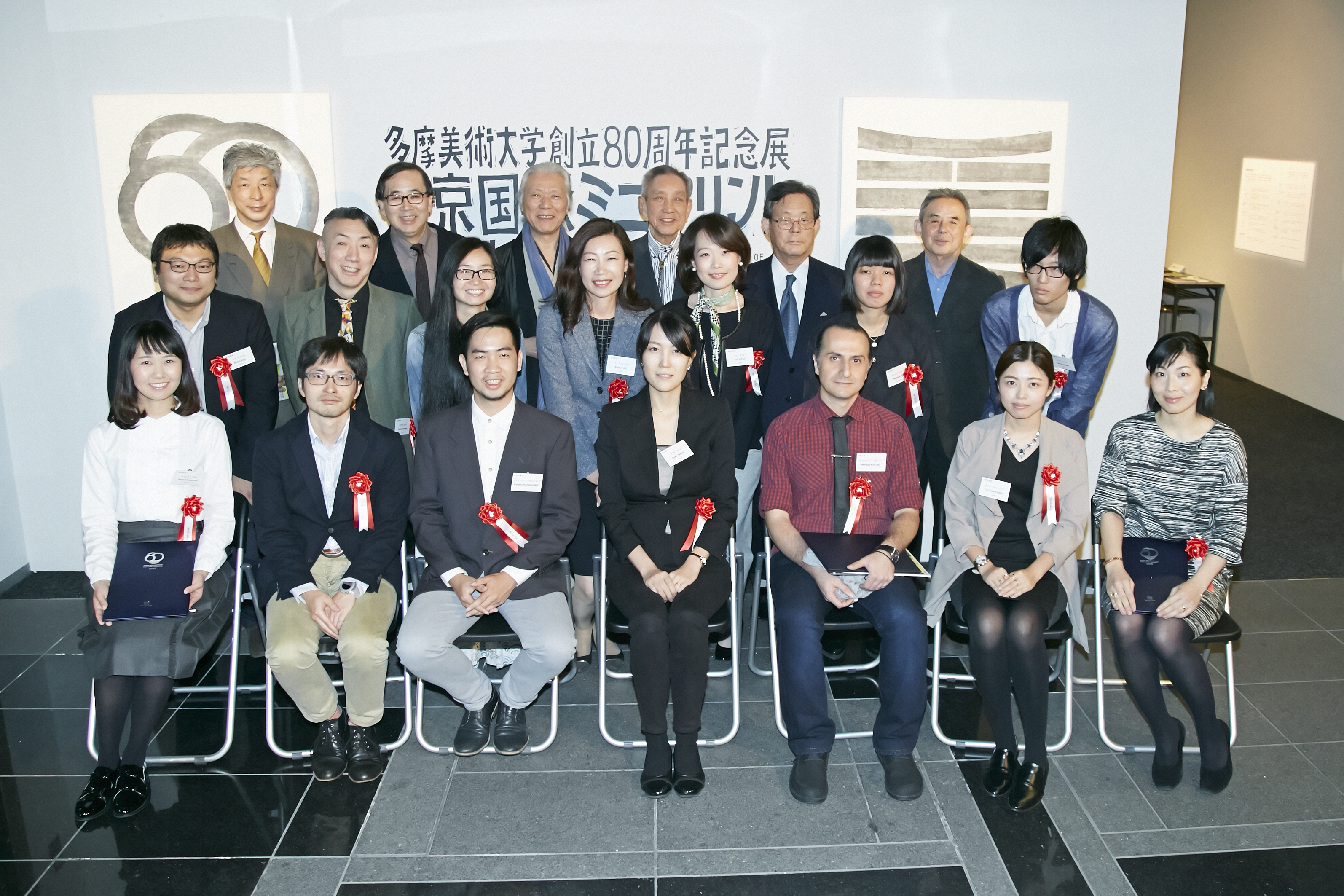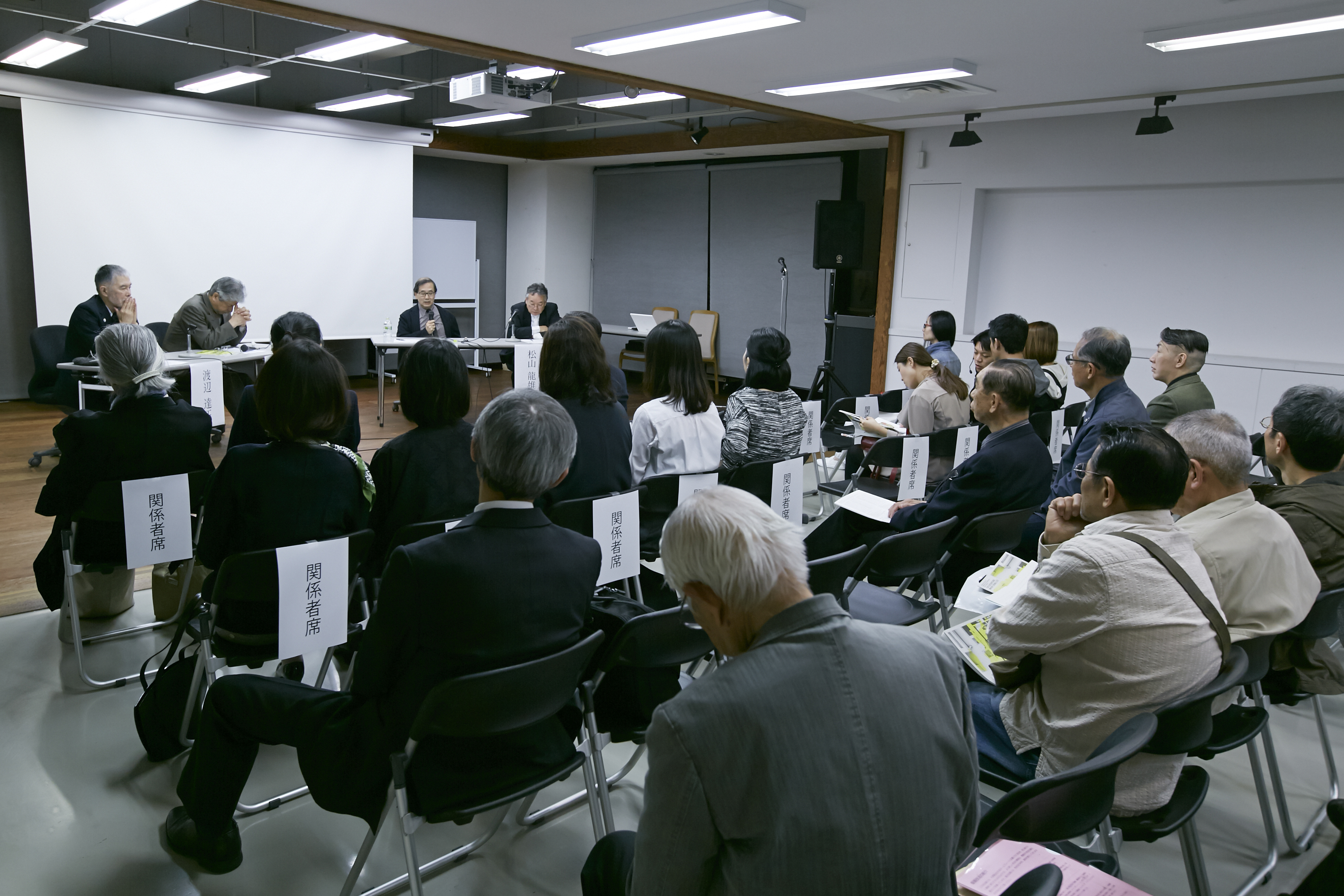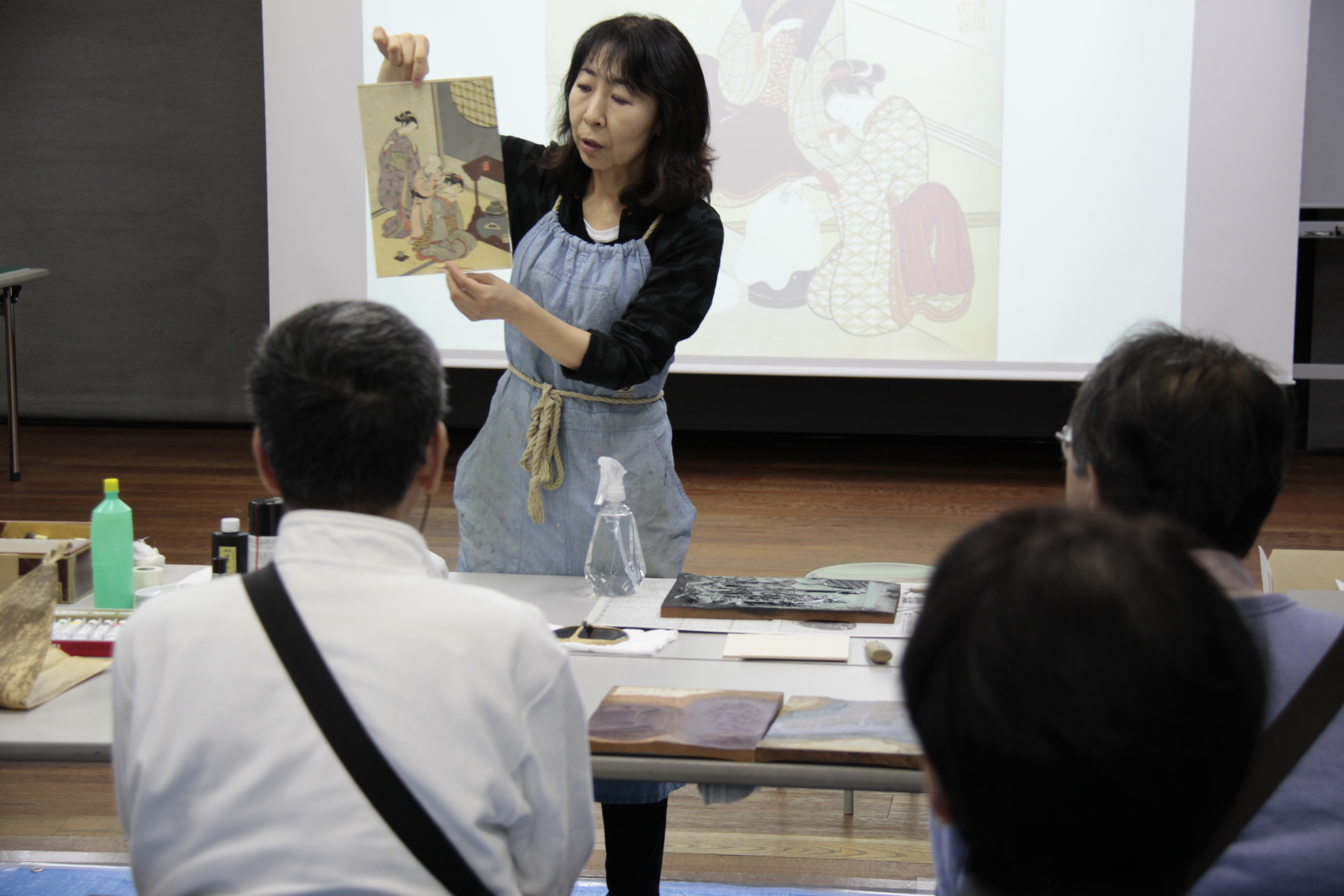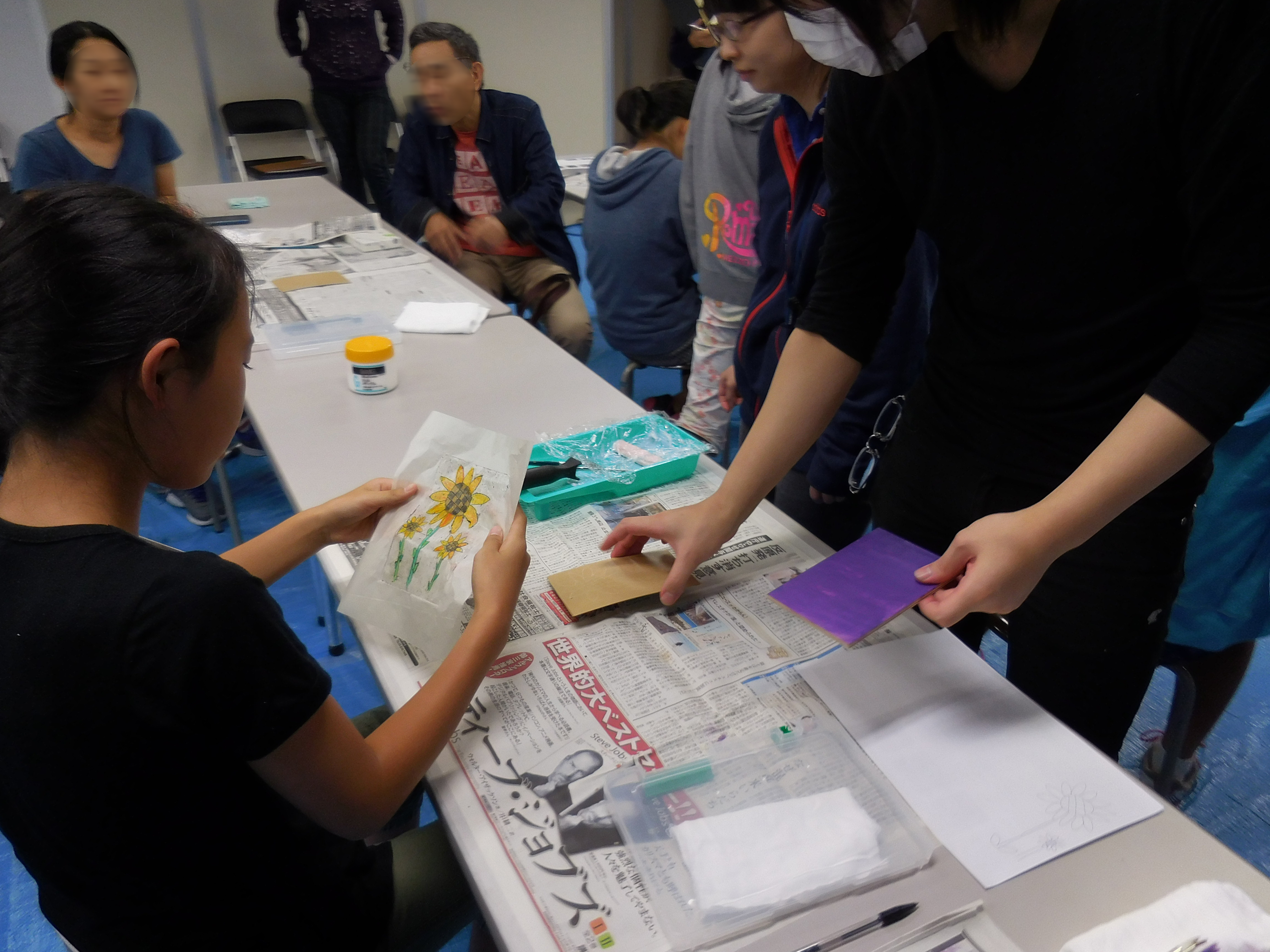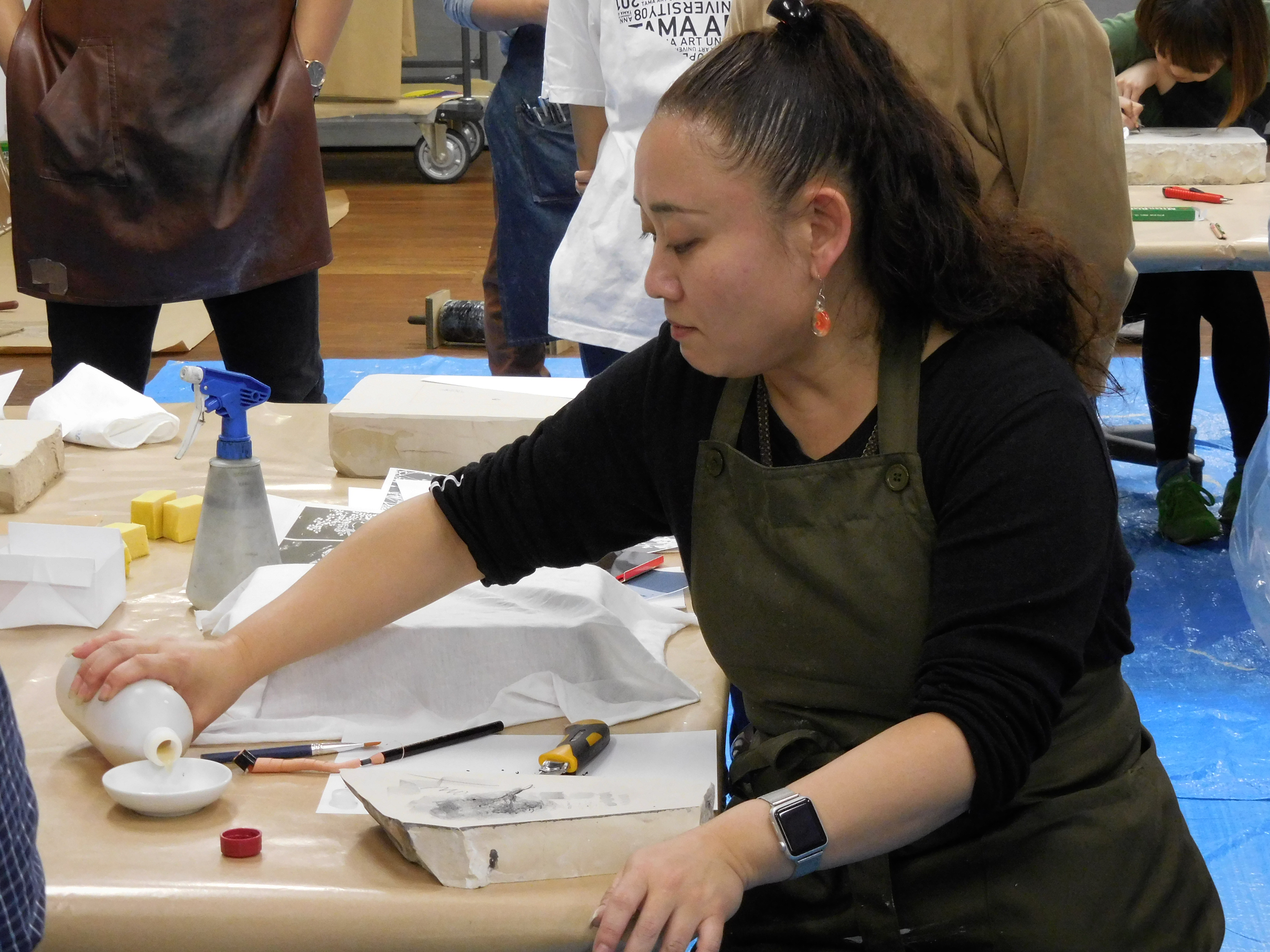A message from Mr. Fujitani for the Tokyo International Mini-Print Triennial 2015
We are pleased to present the fifth Tokyo International Mini-Print Triennial, an event that began in 1995 to commemorate the 60th anniversary of the foundation of Tama Art University. This year’s Triennial celebrates the 80th anniversary of TAU, and for the first time entries were solicited from all over the world via the Internet, as well as by post. In total, the number of applications amounted to more than 2,000 from 84 countries and regions, and from these applications approximately 300 were selected for display at the University Museum, as was done for the event 10 years ago.
The world today is changing at a dizzying pace and the role of art in society is becoming ever more important. In response to this situation, the triennial has two distinctive merits. One is that the exhibition has collected a great many artworks, which represent the diverse characters of each country and region for the exhibition. This provides an opportunity to foster shared intercultural awareness and understanding while at the same time raising questions about global issues addressing our collective future.
The second remarkable quality of the triennial on this occasion is the blending of old and new technologies. The print works have been submitted both via the Internet and by post, which has enabled the collection and disclosure of scholarly data to the public, contributing to the creation and expansion of new modes of expression.
I hope that you can all enjoy the fresh aesthetics and masterful skill on display in such a great number of versatile and unique works. I would also like to express my sincerest gratitude to all of the artists presented here, as well as to everyone else whose support and assistance have made this event possible.
Nobuto FUJITANI
Chairman of the Board of Directors
Tama Art University
General Comment
Printmaking is form of expression based upon the similarities and differences between an original (A) and a copy (A') of it made onto paper or some other medium. What is important is that the artistic qualities depend upon, or emerge from, the relationship of A to A', and that there is a beauty which emerges which cannot be seen from just the original alone. A good example of this is the artistic superiority of ukiyo-e prints vis-à-vis the original picture.
It should be noted that, traditionally, this relationship has been conveyed by hand, and in the case of the current exhibition, a line is drawn when it comes to prints for which the entire process from the original to the print is mediated completely by personal computer, i.e., digital prints. The major reason for this is that the intervention of the artist's "hand" in the original provides two of the print's most appealing aspects, namely a sense of "smallness" (intimacy) and "closeness" (immediacy). Expediency and practicality of course factor into our reasons for insisting on the mini-print format, but it is primarily because of a strong desire to see works which are true to the originals from which they are derived.
The 2015 Mini-Print Triennial received 2,174 entries (1,730 from overseas and 439 from within Japan), and after an initial round of screening based on pictures of the works, 331 works were chosen. For the second round of screening, the chosen works were arranged in the exhibition venue, and six judges selected 10 works each (ensuring no overlaps). Then, each judge once more assessed the works and tagged (without regard for overlaps this time) those which he or she felt were deserving of an award. The results were one work which received three votes (tags) and 12 works which received two votes. Because there was no overwhelming consensus, another vote was held between the work by Ayaka Yamada, which had received three votes, and the work by Mehrdad Khataei, which was the strong favorite amongst the works receiving two votes. The result was a tie of three votes apiece. After deliberation, the judges chose Yamada's work (a lithograph featuring a thoroughly distinctive image of a solemn knight) for the Grand-Prix, and the works of Khataei (a copperplate etching conveying a situation of grave intensity) and Thai artist Pianchompu (a woodcut revealing a glimpse into the soul) for the Semi Grand-Prix. The task of judging was made incredibly difficult thanks to the fact that all of the works demonstrated careful and meticulous artistry.
Apart from the judges' awards, other notable works deserving of mention are Ikuhiro Kugo's representation of nature through the use of countless, clear streaks, Eun ji Choi's (Korea) landscape constructed from an overlapping plan of light and shade and Vlad Zaretskiy's (Russia) fresh and vibrant sunset.
Kunio MOTOE
Dean of the Graduate School Tama Art University
and Art Critic
Exhibition information
Tokyo International Mini-Print Triennial 2015
Exhibition for the 80th anniversary of the foundation of Tama Art University
- Venue
- Tama Art University Museum
1-33-1 Ochiai, Tama-city, Tokyo, Japan - Date
- (Sat.)Sep. 26,2015 - (Sun.)Nov.8,2015
- Open Hours
- 10:00 - 18:00 (last admission at 17:30)
- Closed
- Tuesdays
- Organized
- Tama Art University
- Under the auspices
- Ministry of Foreign Affairs of Japan
Agency for Cultural Affairs
Japan Foundation - Sponsored by
- Awagami Factory
Bumpodo
The Alumni Association of Tama Art University

